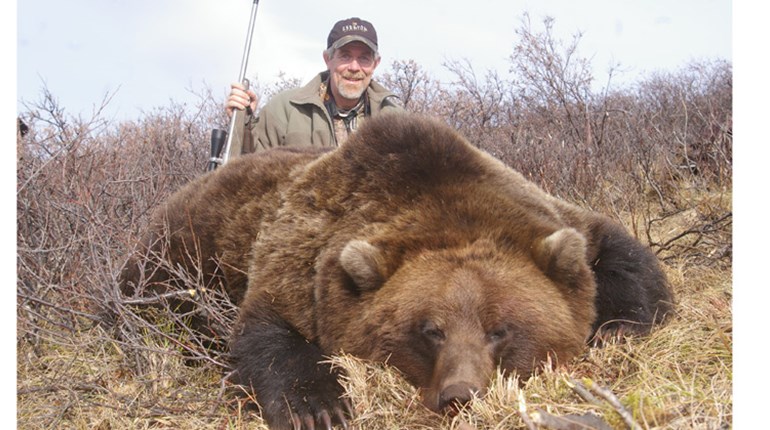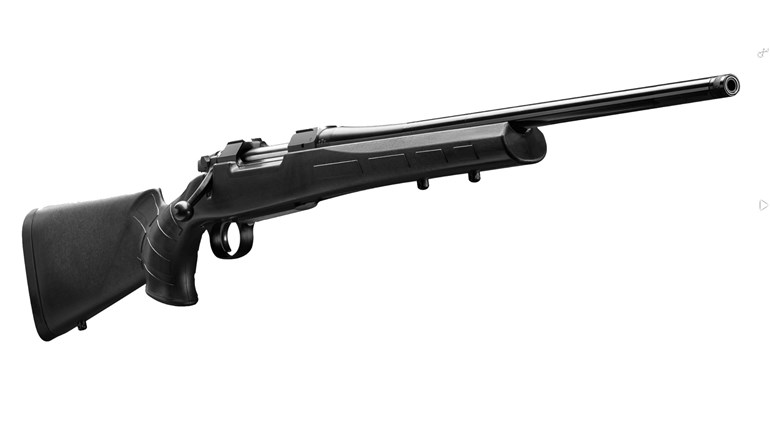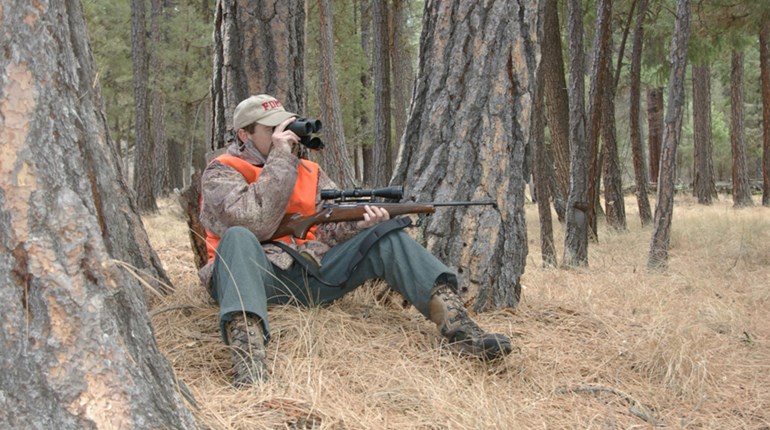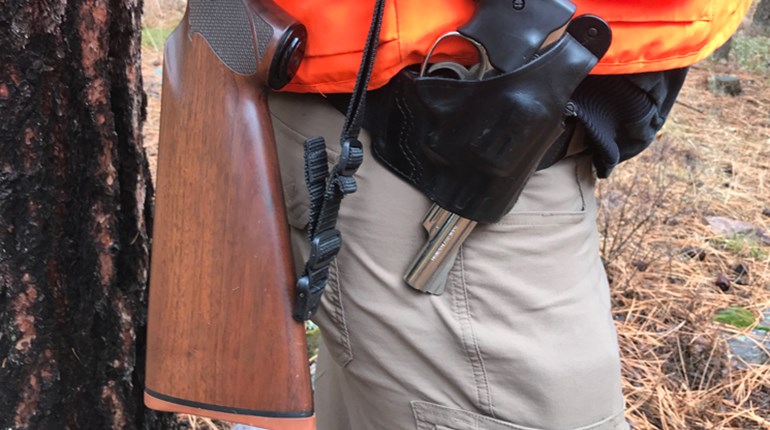Any well-made broadhead will take game if you place it in the right spot with adequate penetration, but there are tradeoffs to consider.
No single head is perfect for every situation. You can increase the odds of an accurate hit, a good blood trail and a quick recovery by using a broadhead that matches the conditions and specific challenges of the hunt—and then focus on making the best shot possible.
Thick Cover Treestand Hunting
The Situation: You’re sitting in a stand 18 feet off the ground. The woodlot is thick. A well-used trail lies 20 yards ahead. Big-bodied deer are the rule.
The Tradeoffs: Since most of your shooting will be at short range, hair-splitting accuracy is not a primary concern. You don’t need a particularly flat trajectory because your shots are close. Penetration is key.
Shots close to your stand require a downward angle. To give you the best chance for an exit hole and easy blood trail, focus on penetration. Look for three things: how easily the cut starts, the resistance caused by the blades as they pass through tissue and, to a limited extent, the drag of the ferrule and shaft.
The very best penetrating heads are those with cutting tips that slice their way in—instead of punching. Most have just two primary blades for minimal resistance. But deer are not huge animals, so it’s best to strike a balance.
The Choice: The optimum choice is a moderate size (11/4-inch cut or smaller) replaceable blade head like the NAP Thunderhead, or a fixed-blade cutting point like NAP’s HellRazor.
Big Game and Big Country
The Situation: You’re sucking air in Montana at 10,000 feet. A 6x6 bull elk is screaming. Eventually you’ll probably be faced with a do-or-die decision: take the medium- to long-range shot through aspens or go back home empty-handed.
To increase your odds on this hunt you need to be able to place the arrow perfectly, even at long range. You need penetration along with accuracy and all this with higher speed arrows. This is the toughest of all situations for a broadhead.
The Tradeoffs: From an accuracy standpoint, you can’t beat expanding-blade (mechanical) broadheads. They have the least amount of exposed blade surface while in flight, greatly reducing the effects of wind planing at high arrow speeds. They are very accurate. It would sure be nice to use them. But do they penetrate?
I’ve done my own testing and am convinced that some conservative mechanical heads penetrate as well as fixed-blade heads of the same diameter and with the same number of blades. Mechanicals with cutting diameters of 11/4-inch are a great option.
For fixed-blade heads, cut-to-the-tip models are the best choice (also, if you shoot less than 60 pounds). The heads in this category, as a whole, are much better than they were a few years ago. I wouldn’t hesitate to shoot over 270 fps with one of these modern, spin-tested cut-on-impact heads with a cutting width of 11/4 inches, or less. An example is the Magnus Stinger.
The Choice: For 50-70 pound bows, a replaceable blade or cut-to-the-point head with a 11/4-inch cutting diameter is a good bet. Bows of 70 pounds or more dictate using small-diameter mechanicals.
Long-Range Deer
The Situation: You are hunting deer-sized game in open settings where the shots can be long, but the demands for maximum penetration are not extraordinary. Examples include hunts for whitetails over food plots or antelope. The Tradeoffs: You will probably have a good angle to the vitals so you don’t need maximum penetration. A fast bow and a light- to mid-weight arrow are a fine choice to help minimize the effects of ranging errors and string jumping, but accuracy with broadheads at high speeds is always a challenge.
The Choice: Considering the arrow speeds, if you get a rough release, mechanical heads are more accurate than fixed-blade heads. I love the small (11/4-inch cutting diameter) mechanical broadheads for this style of hunting. I have shot hundreds of deer using the Rocket Steelhead, a very conservative mechanical design that flies straight and penetrates well.
My second choice is a small replaceable-blade style with compact blades, like the Muzzy MX-3. Once tuned, these heads will not wind plane drastically at higher arrow speeds. Both styles are workhorses for modern bowhunters.





































